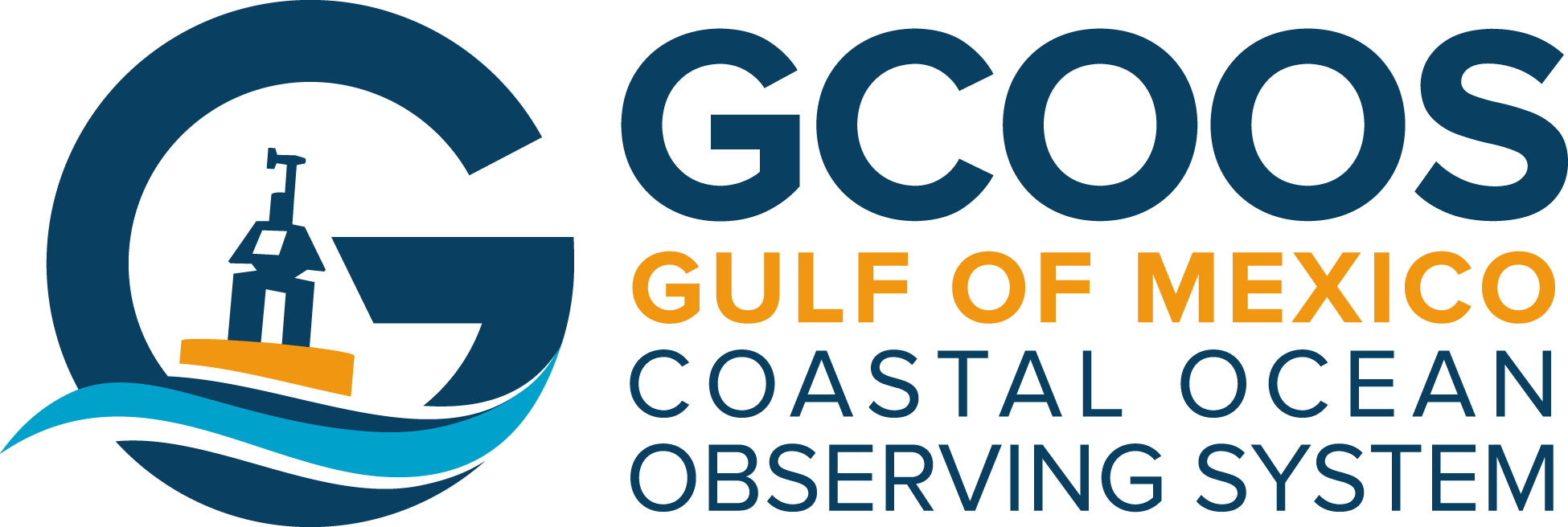Newswise — Today, on June 8, ocean lovers worldwide are coming together to celebrate the world’s oceans and recognize the vital role these water bodies play in supporting life on Earth.
But for the U.S. Integrated Ocean Observing System— and its 11 regional associations across the nation — every day is about the oceans, coasts and Great Lakes and supporting local environments, economies and human health and safety.
“The IOOS partnership with its regional associations are the eyes on our oceans, coasts and Great Lakes and benefits a wide variety of stakeholders — from small businesses to major commercial interests; from commercial fishing to recreational boating; from the oil and gas industry to the search and rescue community,” said Josie Quintrell, Executive Director of the IOOS Association, a nonprofit organization that supports the U.S. IOOS and is the umbrella organization for the nation’s 11 regional associations, including GCOOS — the Gulf of Mexico Coastal Ocean Observing System, the regional system for the Gulf of Mexico.
“IOOS supports a wide range of missions, such as weather forecasting, detecting harmful algal blooms, energy siting and production and marine navigational safety,” Quintrell said. “This integrated network of people and technology is at work every day gathering data about our oceans and Great Lakes, developing tracking and forecasting tools and disseminating that information to all who need it. The average person may not realize it, but the nation’s coastal observing systems are collecting millions of pieces of data each day and helping to make sense of it for their benefit.”
In the Gulf of Mexico, GCOOS benefits the 14 million people in Texas, Louisiana, Mississippi, Alabama and Florida who call the U.S. Gulf Coast home, said Dr. Barbara Kirkpatrick, GCOOS Executive Director. “As the only comprehensive data collection and dissemination center for coastal and ocean data in the Gulf, GCOOS plays a vital role ensuring a healthy, productive ocean and supporting resilient coastal communities.”
Not only is it critical for the Gulf states, but it’s also critical for the nation because the Gulf of Mexico is America’s Sea:
- It is the nation’s gas station, producing 44% of the nation’s crude oil, 43% of the dry natural gas and more than 50% of the liquid natural gas;
- The Gulf’s commercial fishery accounts for $24 billion in sales;
- It holds 11 of the nation’s top 20 U.S. ports (by tonnage);
- And it provides a $234 billion annual benefit to the U.S. economy.
“Gulf-wide, we work with professional and citizen scientists to gather comprehensive data sets that benefit users, jobs and local economies,” Kirkpatrick said. “In addition to collecting and sharing that data, we also conduct outreach and education programs that equip people to use and make decisions about the economic and environmental health of the Gulf.”
GCOOS hosts a data portal where information from nearly 2,000 ocean sensors is available and develops products to help make the data more accessible (gcoos.org/products). Products include:
- Tracking maps for underwater robots that are collecting environmental data in the Gulf
- Tracking maps showing the spread of invasive species — particularly lionfish and tiger shrimp
- Time-series plots for harmful algal blooms
- Oil and gas platform locations and historic data from the Deepwater Horizon spill
- Data on nutrients, hypoxic (low oxygen) zones and river discharges
- Gulf weather information and sea level trends
While GCOOS and its sister organizations nationwide have established infrastructures, additional tools could help to improve public health and safety and decrease economic losses — especially in the Gulf.
“We have a well-established infrastructure, but we need additional tools to help improve public health and safety and decrease economic losses from events like oil spills, hurricanes, toxic algae, coastal flooding and tracking changes in the Gulf’s Loop Current,” Kirkpatrick said. “We’re hoping that each of the Gulf states will choose to invest RESTORE Act funds to help fully implement a Gulf-wide observing system.”
(See State Fliers for specifics online at http://gcoos.tamu.edu/?page_id=4588)
